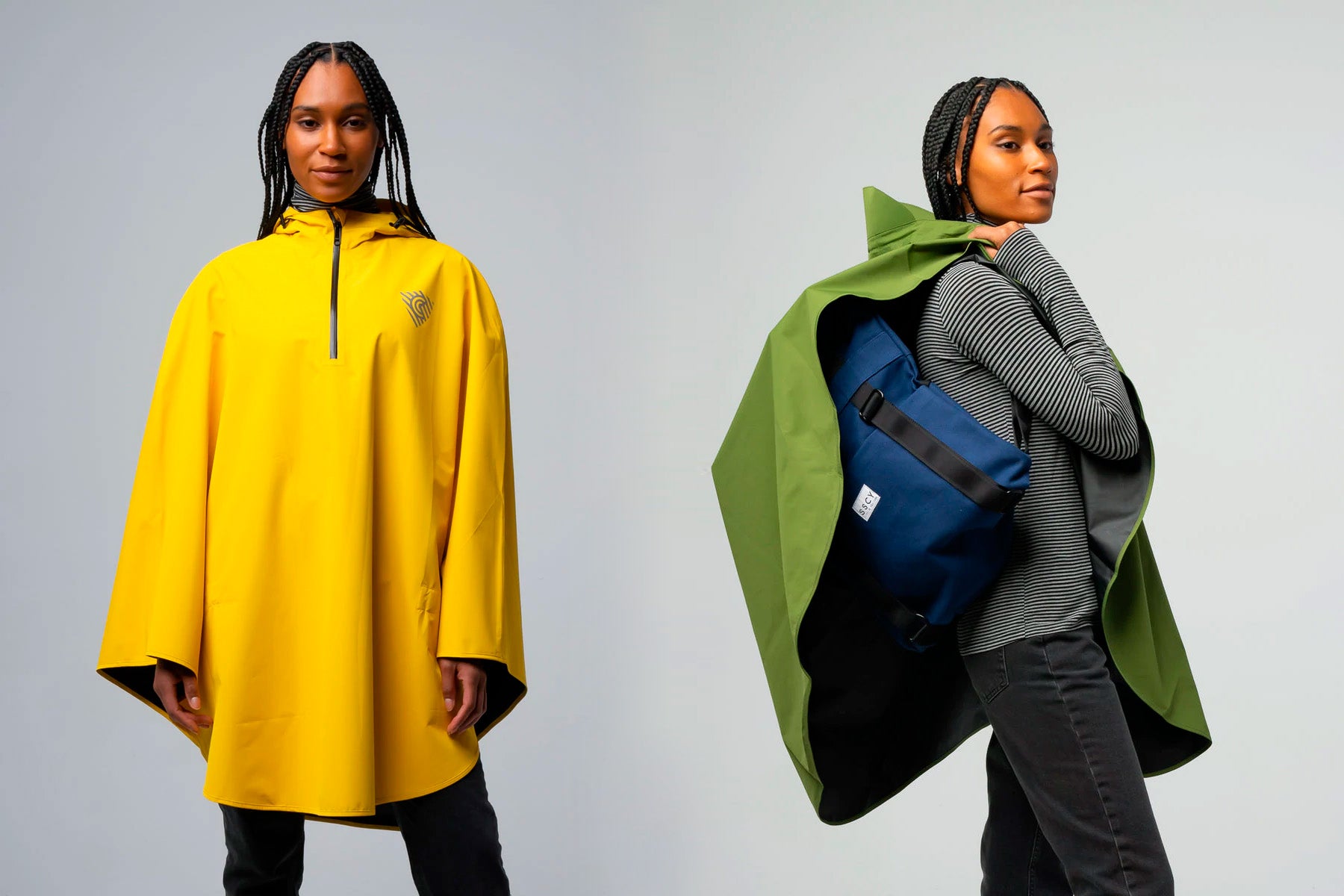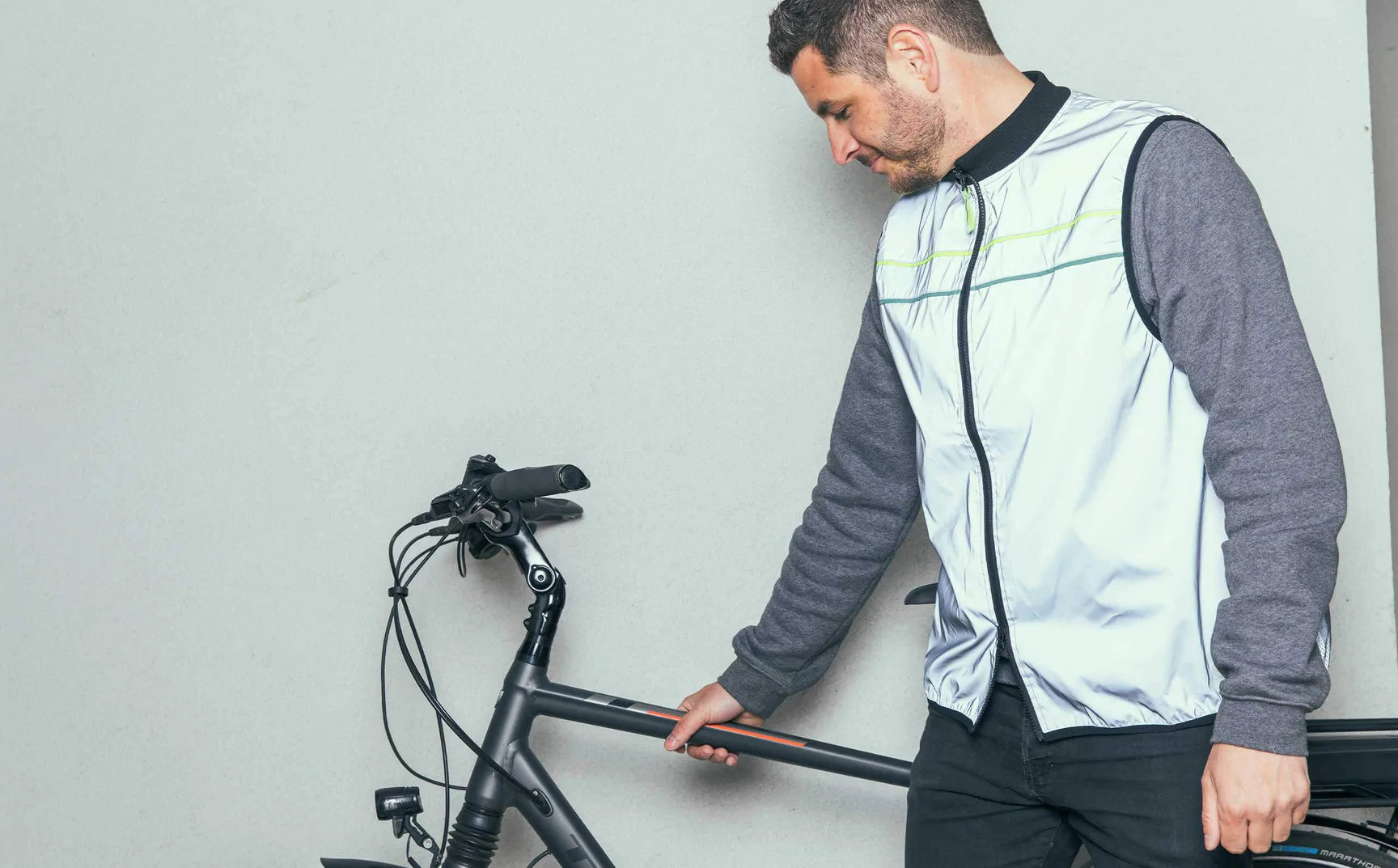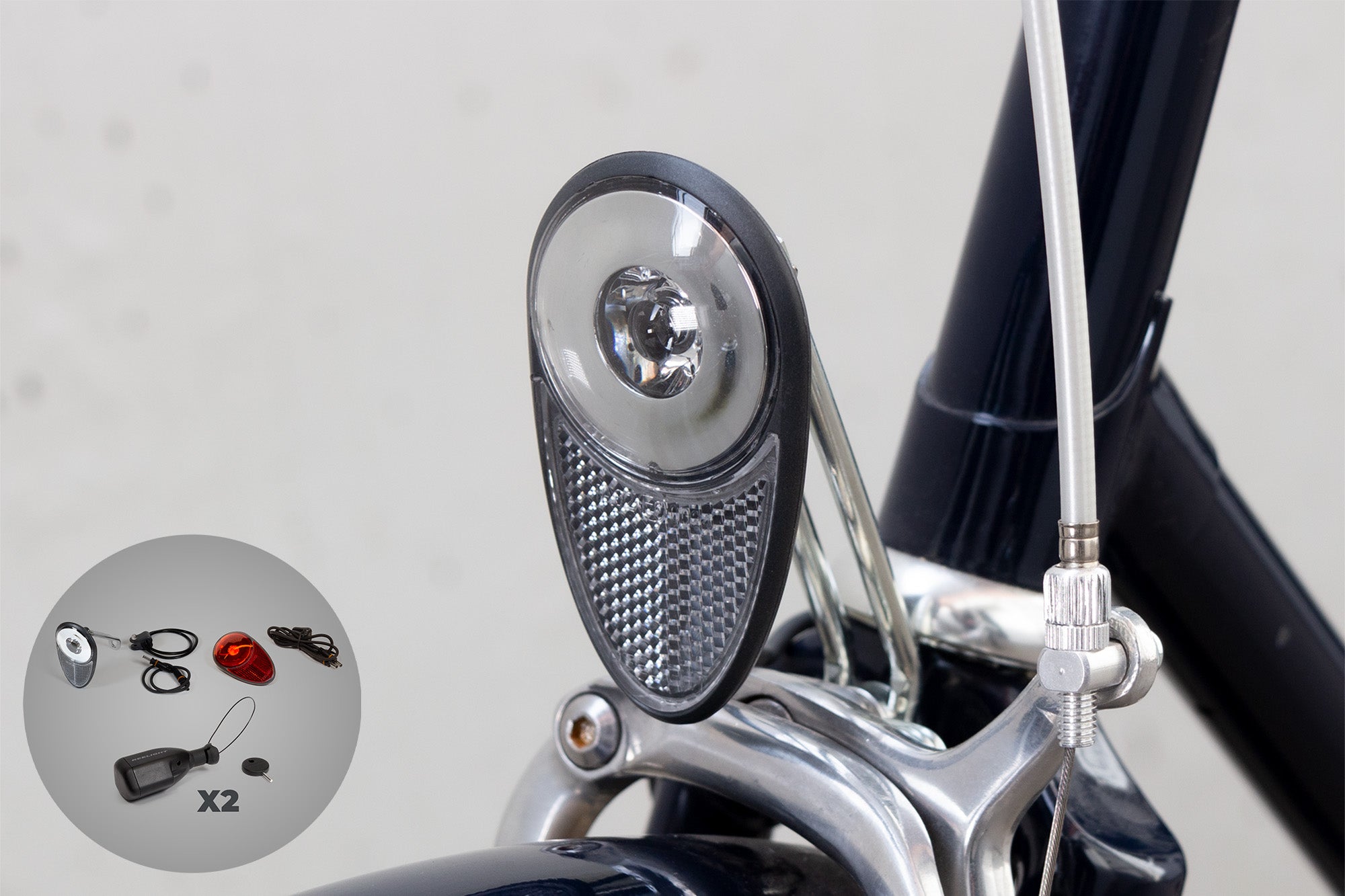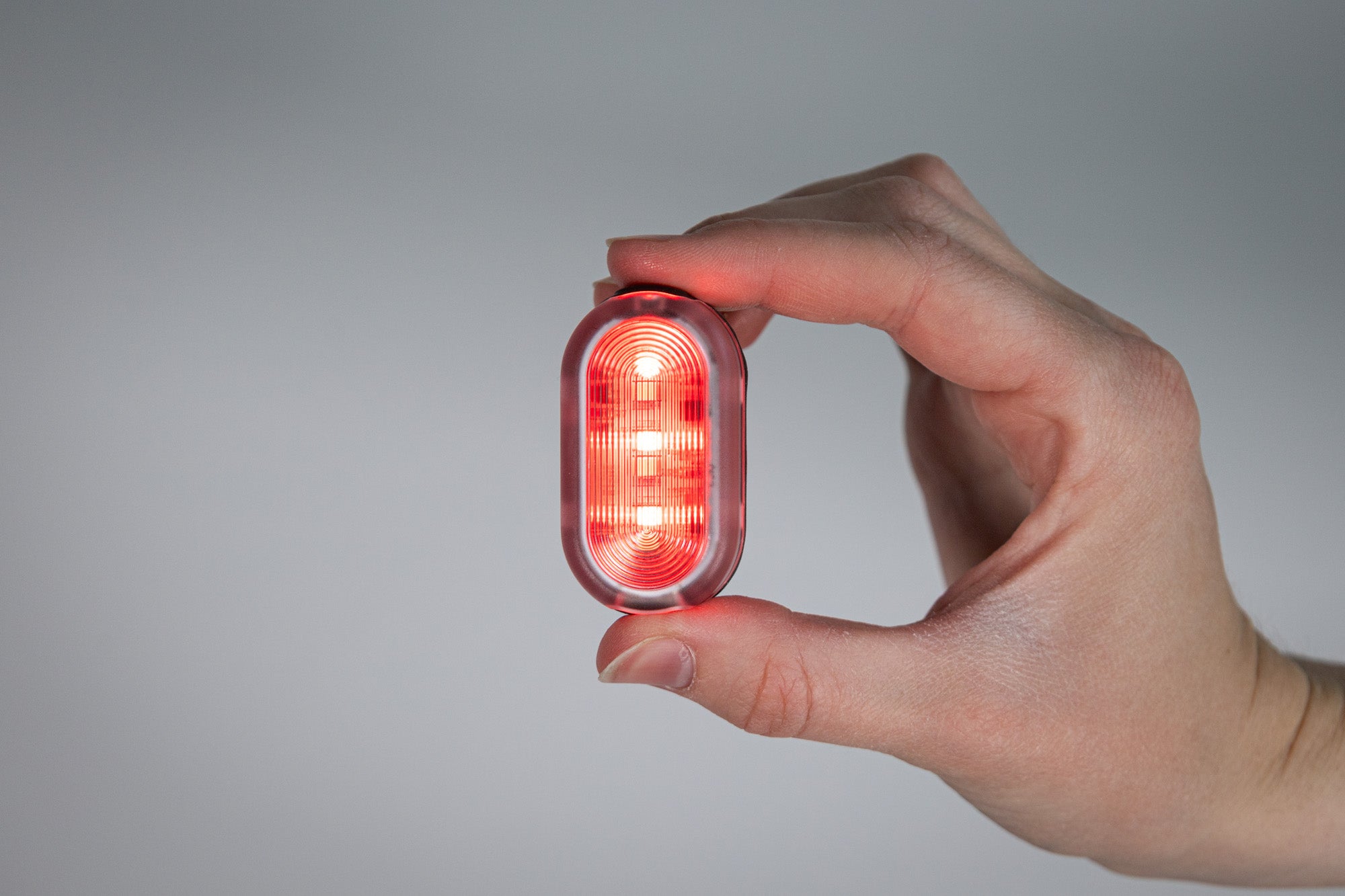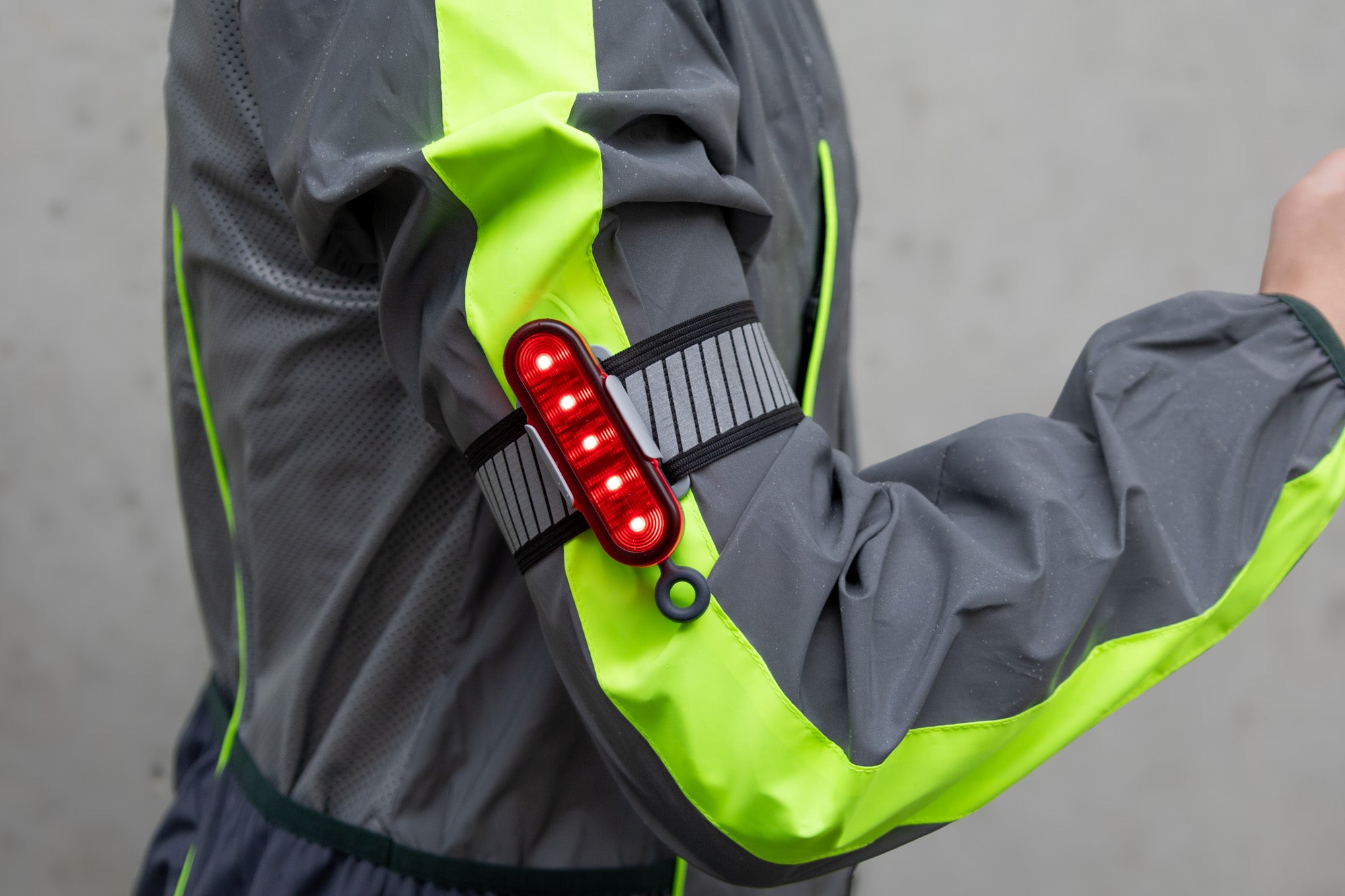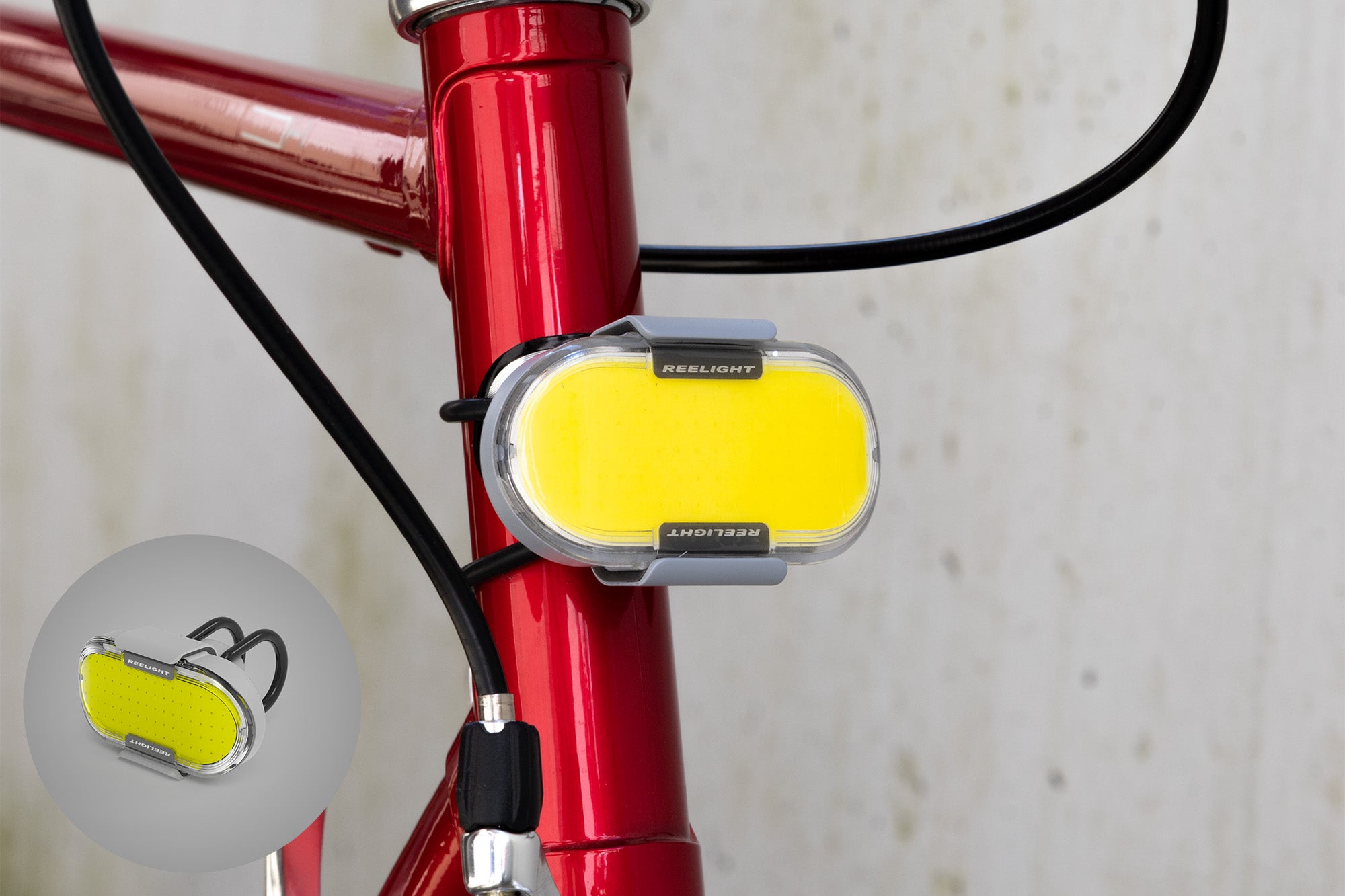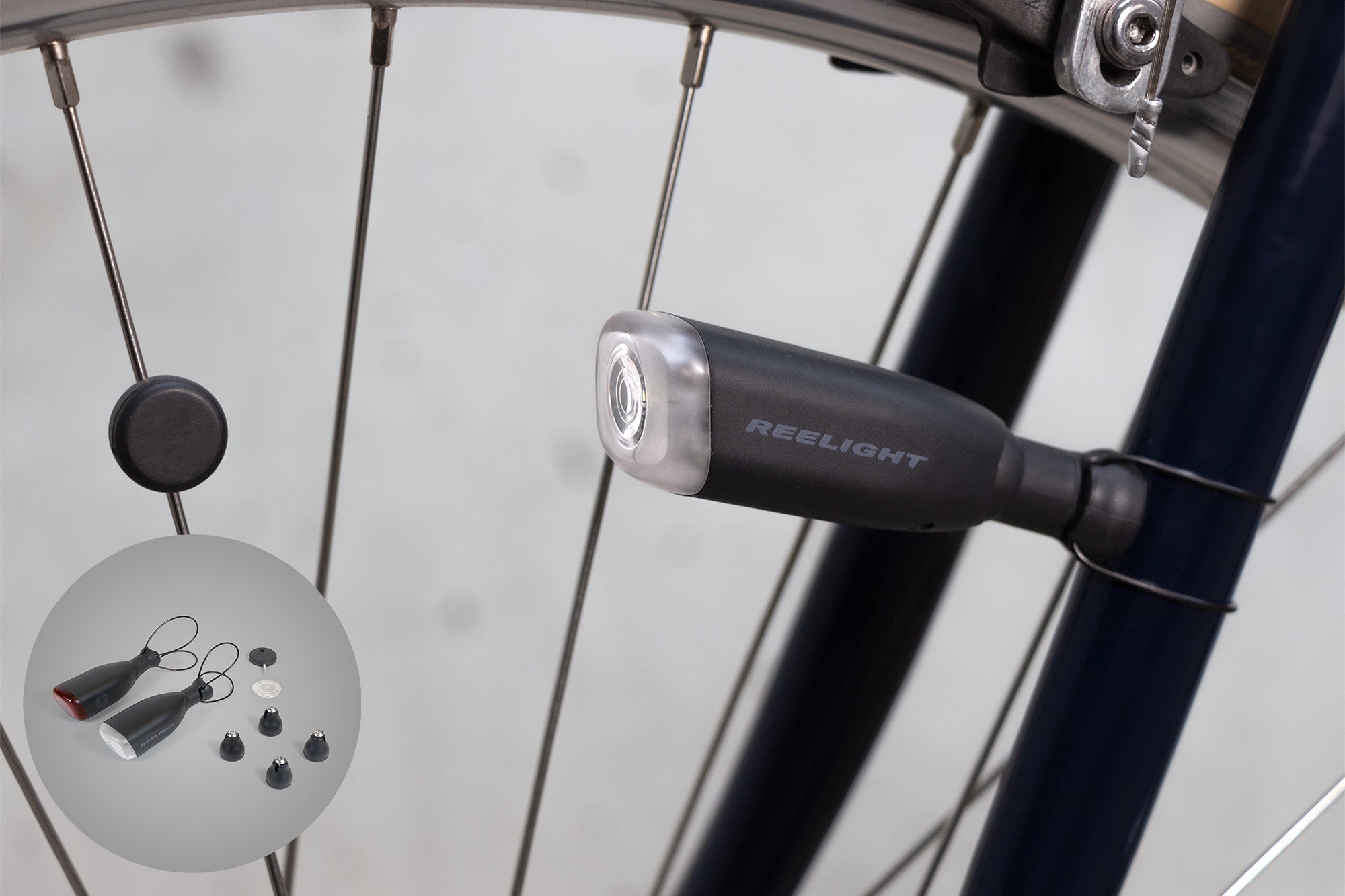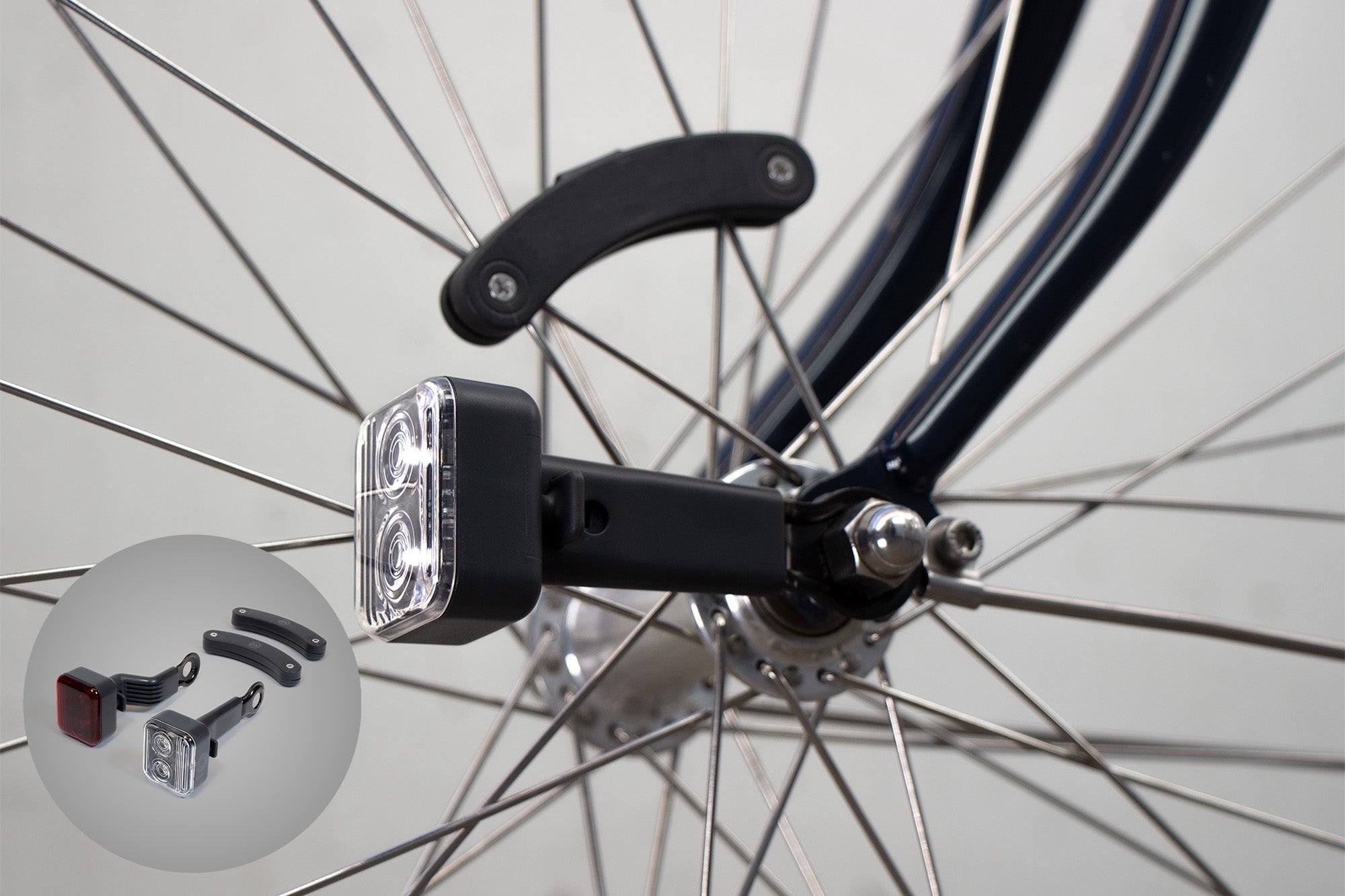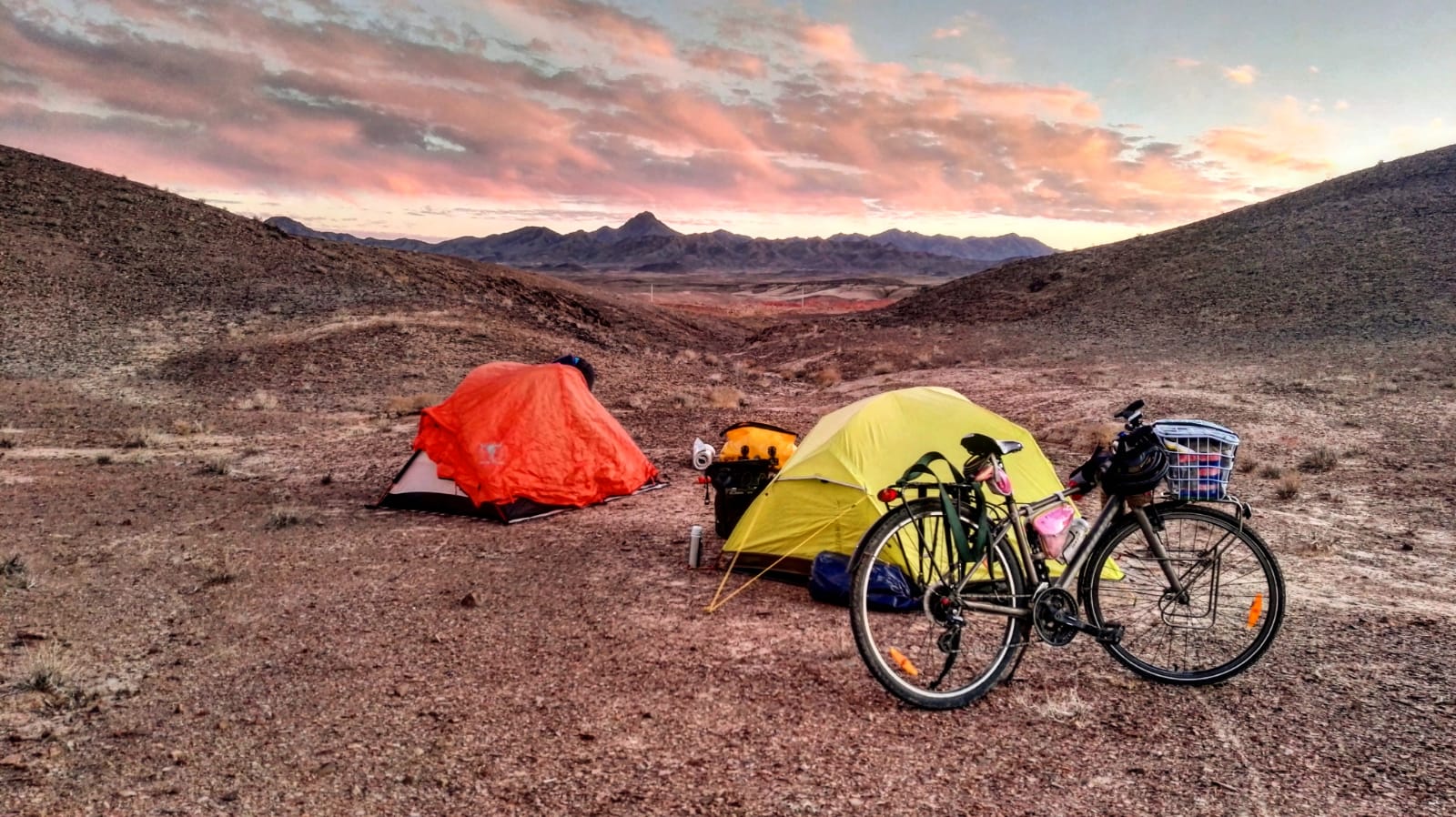
Essentials 101: Everything You Need For a Spring Adventure
Spring is officially in the air!
That means that not only are the days getting longer, the sun is getting warmer and nature is blooming everywhere! If you are thinking it is about time to plan your first spring adventure in the great outdoors, here are your 6 essentials to remember when planning your next thrill of events.
1. Proper Clothing.
We know the sun might fool us on some days as it just looks too good to be true when looking out the windows. The sad reality is that sometimes it is too good to be true. The spring is like the great white whale of summer: it seems so close and yet it is just out of grasp... So even though you might think that 12 degrees look like a warm summer day due to the bright, blue sky, remember to bring plenty of layers and dress accordingly to the weather forecast, length and activity of your trip The day might start with a lot of sun but might end up in a heil of rain. The wind might bring in a very cold wind from the north. You might get warm when you are moving about, but if you are planning on taking some breaks you might get cool quicker than you think. In any case, spring is a wonderful time to start your outdoor adventures!
2. Footwear.
Whether you are planning on a beach trip, a hiking trail or a bike ride, make sure you got the appropriate footwear for your activities. As your feet will be the major contact between you and moving forward in any activity, invest in a good pair of shoes and your feet will thank you.
If you plan on doing quite a bit of walking, it's time to look for a pair of trail or hiking boots. Look for ones with good ankle support and a sturdy sole for traction on uneven terrain. A tip is to buy them in a size bigger than your normal shoe size. But do make sure they fit snugly around your feet but tight nowhere and offer room to wiggle your toes. If you purchase a new pair of hiking boots, try them on at the end of the day (after feet swell) and with the socks you plan to wear. Make sure they fit well and break them in before your adventure.

If you are planning on doing some long-distance bike rides, consider a pair of bike touring shoes or a pair of MTB flat pedal shoes. MTB flat pedal shoes can help you build confidence and develop technique when you’re out on the trails. They are both great if you're starting out, or if you are more experienced rider: in fact, several gravity-oriented professionals prefer the flat shoes due to the greater freedom they can give your feet while on the bike.
Touring shoes can provide your feet with comfort, support and even cycling efficiency.
3. Navigation.
Although we can practically get any information we need from our phones, don’t rely solely on your phone for navigation. Especially if you are planning to be planning your activities far into nature where mobile services might not be working as well as you are used to in the cities. You could bring a map and compass, and challenge yourself to learn a new skill this spring by learning how to use them before you hit the trails. A GPS device can also be helpful, but make sure to bring extra batteries or a portable charger.
Additionally, you can find a great array of trails, trips and tours to plan your trip. A lot of online sources offer extensive guides and detailed navigation to follow: most often you will, with a little bit of googling, be able to find a route to follow - whether you are an experienced adventurer or in the middle of planning your very first trip!
4. First Aid Kit.
Whenever you are heading outdoors for a new escapade, accidents can happen. Always bring a first aid kit with essentials such as bandages, antiseptic wipes, and pain relievers. Customize your kit based on your specific needs and the length of your trip and remember to check you contain everything in a water-resistant bag.

5. Water and Food.
When staying active for a long period of time, it is vital to stay hydrated by bringing plenty of water and pack high-energy snacks. As the increased physical activity generally will make a bigger demand on your body than usual, it is important to fuel your body with plenty of nutrients and water. It is recommended when spending time in the heat to drink 1 cup of water every 15–20 minutes. You can have a carabineer attached to your water bottle so you always have it ready and securely attached. To fuel your body with energy you could bring food such as nuts, dried fruit, and energy bars. Make sure you carry a few of these items with you each day. For longer trips remember to bring a portable water filter or purification tablets to ensure a safe water source. Foods like bananas, berries, brown rice and yoghurt are also great sources of carbohydrates when you're on the go for a longer period of time.
6. Shelter and Sleeping Gear.
If you’re planning an overnight trip outside in nature, make sure to bring a tent, a hammock or similar, a sleeping bag, and a sleeping pad. Especially in spring when the nights can still get rather cold, make sure you opt for a sleeping mat with the R-value (resistance value) between 2 and 4. When it comes to sleeping bags, opt for a synthetic or down solution and consider bringing a reflective blanket in case you end up on a particularly cold night. Consider for lightweight options to make your pack easier to carry.
When it comes to finding a place to stay overnight, quite a few countries allow for camping on public lands, just check the rules and regulations beforehand.
Some trails and national parks also have either small primitive campsites or established campsites with amenities such as restrooms, potable water and fire pits that you can pass along the way. If you check the location of these beforehand and plan ahead you can leave the tent at home and stay in permanent trail shelters.

